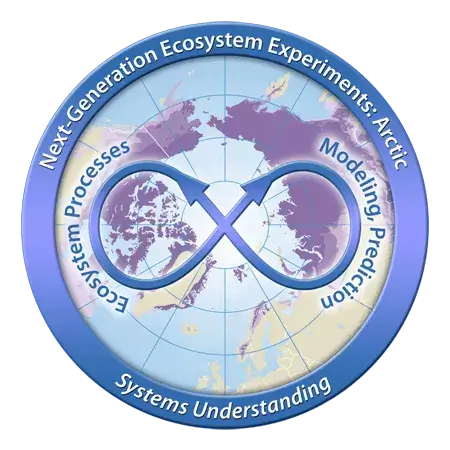Eugenie Euskirchen Receives a Fulbright Scholar Award
Eugenie has received a Fulbright Scholar Award, ‘Seeking Solutions for Global Challenges’ for the 2024-2025 academic year. Eugenie will be working with Prof. Bruce Forbes, Prof. Timo Kumpula, and Dr. Anna Virkkala on the impacts of extreme events on carbon cycling in the Arctic. She will be based at The Arctic Center at the University of Lapland but will also spend time at the University of Helsinki and University of Eastern Finland.

